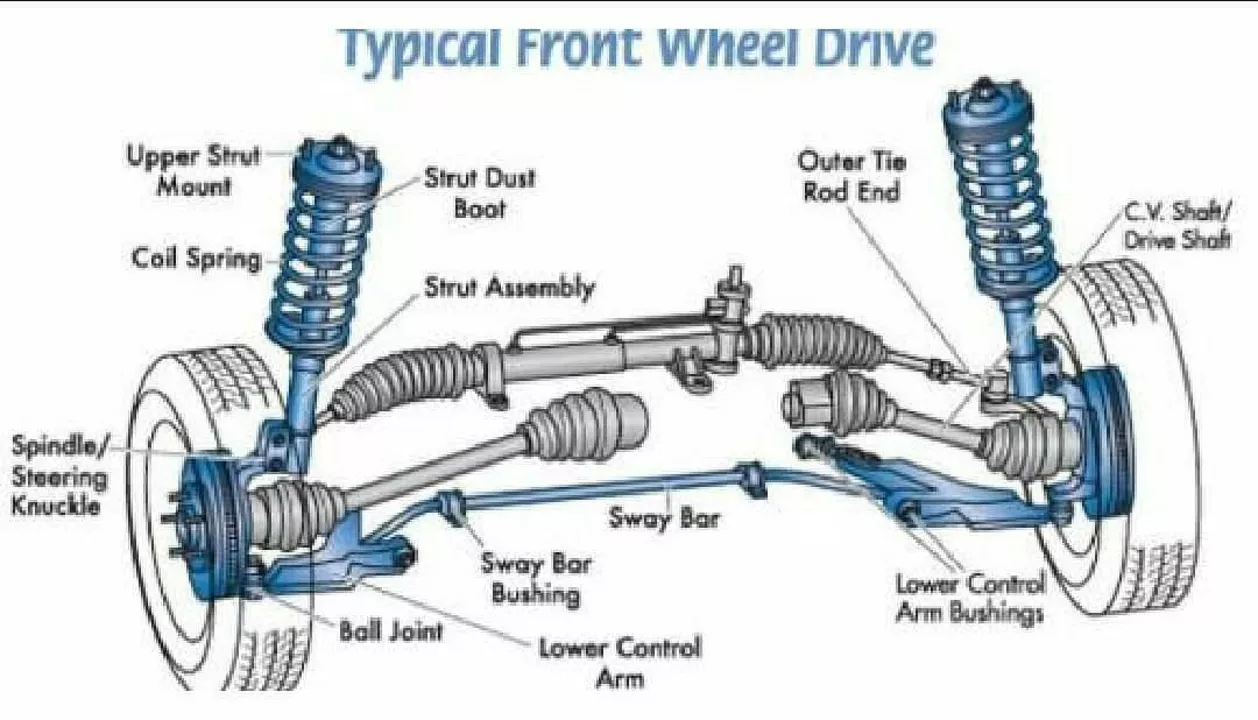Is It Bad to Cut Springs to Lower a Car?
If you’ve ever thought about chopping your car’s springs to get a lower stance, you’re not alone. The idea of a sleek, aggressive look is tempting, especially when you see it on the streets or in magazines. But before you grab a hacksaw, let’s talk about what actually happens when you cut springs and why it might not be the best move.
Why Cutting Springs Can Harm Your Ride
First off, springs are designed to support the weight of your car and keep the ride comfortable. When you cut them, you change the spring rate, which means the suspension becomes much stiffer. A stiffer suspension translates into a harsh ride – every bump feels like a jolt, and even small potholes can shake the cabin.
Beyond comfort, handling takes a hit. The geometry of the suspension is set up for a specific ride height. Lowering it by cutting springs throws off alignment angles like camber and caster. The result? Less grip in corners, unpredictable steering, and a higher chance of losing control, especially on wet or uneven roads.
Another big issue is tire wear. When the suspension is out of spec, the tires don’t sit evenly on the road. You’ll see uneven tread wear, which means you’ll replace tires sooner and spend more money in the long run.
Safety is the biggest red flag. A compromised suspension can fail under stress, and the car’s crash structures may not work as intended. In extreme cases, a broken spring could cause loss of control at high speeds, putting you and others at risk.
Better Ways to Lower Your Car
Instead of cutting springs, consider a proper lowering kit. These kits include new springs or coilovers that are engineered for a lower stance while keeping the correct spring rates and mounting points. They often come with adjustable settings, so you can fine‑tune ride height and stiffness to match your driving style.
Coilovers are a popular choice among enthusiasts who want flexibility. They let you raise or lower each corner independently, which helps keep the car balanced. Plus, they usually come with damping adjustments, so you can keep the ride comfortable for daily driving or stiffen it for track days.
If you’re on a budget, look for aftermarket springs that are specifically labeled for a drop of a few centimeters. These are designed to maintain proper suspension geometry, so you avoid the alignment nightmare that comes with random cuts.
Don’t forget to get a professional alignment after any change. Even the best lowering kit can throw off toe and camber if you skip this step. A quick alignment check keeps the tires wearing evenly and the car handling predictably.
Bottom line: cutting springs might give you an instant lowered look, but the trade‑offs in comfort, handling, tire life, and safety are huge. Investing in a quality lowering kit or coilovers, and having a pro set them up, pays off in the long run. You get the aggressive stance you want without compromising the things that keep you safe on the road.
Got questions about the best lowering option for your ride? Feel free to drop a comment or reach out – we love helping fellow car fans make smarter choices.
Is it bad to cut springs to a lower car?
As a car enthusiast, I've been asked many times - is it bad to cut springs to lower a car? To sum it up, yes, it can be harmful to your vehicle. Cutting springs can lead to a harsher ride, compromised handling, and increased tire wear. Furthermore, it may cause safety issues and decrease the overall lifespan of your car's suspension components. So, if you're considering lowering your car, I highly recommend looking into professional lowering kits or coilovers for a safer and more reliable solution.

